
How Much Energy Does a Traditional Sauna Use?
Introduction
If you're planning to invest in a traditional sauna, one of the most common questions is:
"How much energy does a sauna need?"
The answer depends on two key factors:
The power rating (kW) of your sauna heater
How long you use your sauna—during heat-up and ongoing sessions
In this guide, we’ll break down exactly how much energy a traditional sauna uses in kWh, and how to choose the most efficient heater for your space.
Understanding kWh: What It Means for Sauna Heaters
Electric sauna heaters are rated in kilowatts (kW), which indicates their power draw.
The amount of energy they use over time is measured in kilowatt-hours (kWh):
kW x time (in hours) = kWh (energy used)
So, if your sauna has a 6kW heater and runs for 1 hour, it uses 6 kWh of electricity.
Energy Consumption: Heat-Up vs. Sauna Session
Traditional sauna use has two phases:
- Heat-Up Phase (pre-heating 45 minutes) — Full power
- Session Phase (steady state) — Reduced power (40–60% depending on insulation)
Estimated annual energy usage of a home sauna is 780 kWh per year when using sauna 3 times per week. About 80% of the energy is used to heat up the room and materials (walls, benches and stones).
Most Popular Traditional Sauna Heaters (and Their Efficiency)
Here are top-rated models from My Sauna Plus by power rating:
Harvia KIP 45B Sauna Heater (4.5kW)
- Ideal for saunas up to 210 cu. ft.
- Wall-mounted, built-in controls
- Compact and energy-conscious
HUUM Drop Sauna Heater (6kW)
- Scandinavian design
- Efficient stone-to-heat ratio
- Wi-Fi control compatible
Harvia Cilindro H Series (8kW)
- Ideal for large home saunas (up to 420 cu. ft.)
- Full-body heat circulation
- Open stone design for soft, even steam
Tips to Reduce Sauna Power Consumption
Want to enjoy your sauna without worrying about your utility bill? Try these:
- Use a timer or Wi-Fi controller to preheat only when needed
- Make sure your sauna is properly insulated
- Close the door tightly during the session
- Choose a heater that matches your sauna size (not overpowered)
- Get in as soon as sauna is ready
- Turn heater off right after use
- Close ventilation during heating (if possible)
- Replace sauna stones, clean air channels for better airflow and faster heating
- Consider pairing with a cold plunge to shorten session time while still getting max benefits
Final Thoughts: Sauna Energy Use Is Manageable and Worth It
While traditional saunas do consume more electricity than infrared models, the experience, steam quality, and health benefits are unmatched.
The key to efficiency is:
- Choosing the right heater size
- Minimizing heat-up time
- Optimizing insulation and usage habits


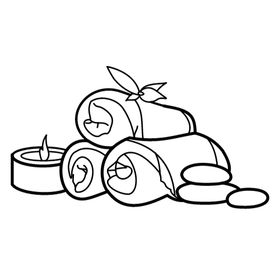

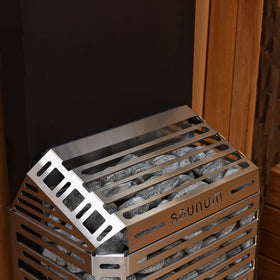
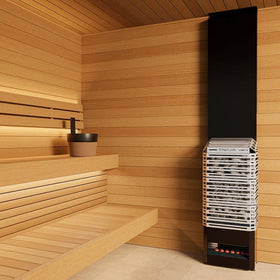
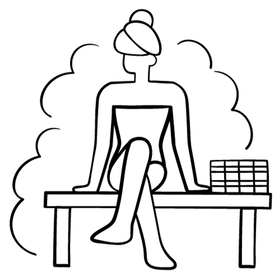
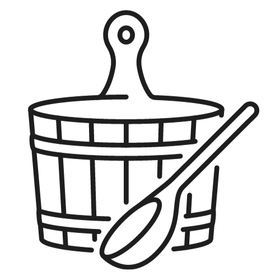
Leave a comment